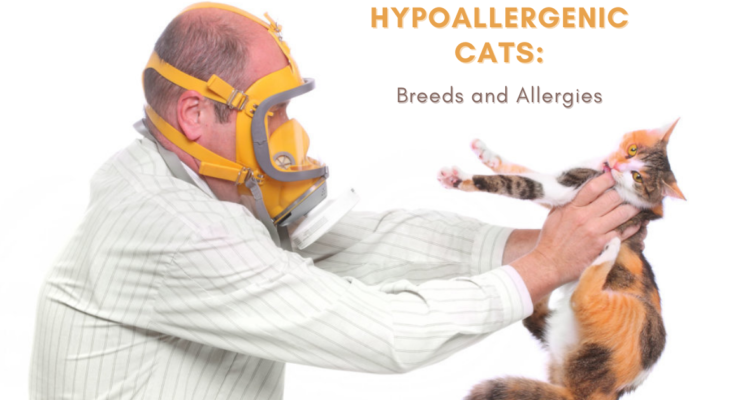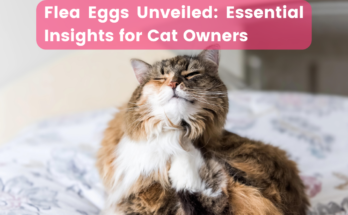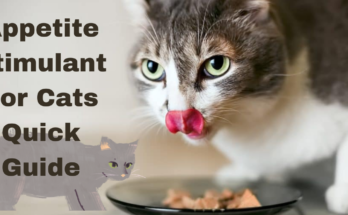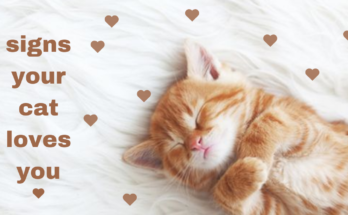Swelling, itching eyes, sneezing, and hives are symptoms that every cat allergy sufferer fears. But for other people, the thought of never cuddling their adorable cat feels much worse. You may wonder, “What is the ideal cat for someone with allergies?” if any of these describe you. We often talk about hypoallergenic dog breeds, but what about hypoallergenic cat breeds? While certain cat breeds appear to cause fewer allergies than others, no type is entirely hypoallergenic. But what, exactly, is the root cause of hypoallergenic cats? Is it anything more, or is it simply cat hair? Let’s address these concerns before going on to the top hypoallergenic breeds.
What causes cat allergies?
The hair of a cat does not always trigger allergies, despite what the public believes. Instead, it’s because of the fur’s potential. The bodies of cats produce specific proteins named Fel d 1 and Fel d 4, which cause allergies in most people and account for around 95% of cases of allergies… Cats may include these proteins in their blood, sweat, urine, saliva, dander, and hair.
Dander is the leading cause of cat allergies in most individuals. It consists of minute bits of dead, dried skin that domestic cats normally shed. All cats have it.
However, allergy sufferers don’t have to give up just yet. Not only do various cat breeds naturally generate lesser amounts of Fel d 1 and Fel d 4, but they also sweat dander in varied quantities.
You should see your doctor before deciding whether or not you can live with any cats if you suffer from severe allergies.
Nevertheless, many individuals with moderate or under-medical management allergies discover cats that don’t aggravate them.
Give me straight: Are there any breeds of cats that are hypoallergenic?
So, since all cats generate the Fel d 1 protein, is there such a thing as a hypoallergenic cat breed? To the dismay of itching cat lovers worldwide, the answer is no.
However, according to the European Journal of Allergy and Clinical Immunology research, the Fel d 1 production might vary substantially across cats. It claims that male cats have seemed to produce three to five times less Fel than the first and that female cats make less protein than male cats.
In brief, although there are no allergen-free or hypoallergenic cats, those called “hypoallergenic” are frequently supposed to generate less of the Fel d 1 protein; hence, they cause fewer allergy symptoms.
Best hypoallergenic cat breeds.
It’s crucial to understand that no cat breed is entirely hypoallergenic, despite ongoing efforts by scientists to create one. However, as previously said, some cat breeds generate fewer allergies than others.
It would be best if you considered gender in addition to breed when choosing a feline companion. Female cats cause fewer allergens than male cats. It’s also important to remember that neutered men will produce fewer allergens than non-neutered males, although they will still create more significant amounts than females.
Are you ready to learn which ten cat breeds are best for allergies? We’ve investigated and selected a select few.
Bengal,
The exotic Bengal cat, is more content to hunt and lounge in the trees in the forest. This hypoallergenic cat species’ extroverted nature and massive presence have contributed to its meteoric rise in popularity in recent years.
Bengals say they shed less hair and produce less Fel d 1 protein than many other breeds, and owners with allergies say that their dogs seldom trigger their symptoms.
Unlike other cat breeds, the Bengal could like playing with and being around water.
Some owners have even reported that their cats have joined them in the shower!
Cornish Rex and Devon Rex’s
High intelligence, propensity to acquire new skills, low hair loss, and energetic, playful dispositions are all characteristics of these cat breeds with curly coats.
In contrast to other felines, which possess three coat layers (top guard hair, middle awn hair, and bottom down hair), the Cornish Rex has only the bottom undercoat and has a more oriental appearance. It signifies the exceedingly supple nature of this hypoallergenic feline variety.
Conversely, Devon Rex has all three coat layers and seems more like a tiny, naughty pixie.
Additionally, their curls seem softer and more open.
Given their velvety smooth coats and reputation for being hypoallergenic cats, the namesake of the breeds is fitting!
Russian Blue
Worldwide recognition of the Russian Blue cat breed’s beauty.
Moreover, these cats make excellent companions because of their graceful gaits and brilliant green eyes. The velveteen coat of the Russian Blue has less shedding despite its thick, dense coat. They are perfect for cat allergies since they generate less Fel d 1 protein.
Russian blues are brilliant, often develop close relationships with their owners, and will accompany them anywhere, even to the sea! They first emerged in other nations when sailors brought them along on their travels.
Siberian
The fact that Siberian cats believe they are hypoallergenic surprises a lot of people.
However, compared to other breeds, Siberian cats make significantly less Fel d 1 protein because of their magnificently long hair and thick coat that protects them from harsh conditions.
It’s important to note that these cats demand a lot of upkeep in grooming; frequent brushing is necessary, particularly during spring and fall shedding seasons.
These cats are popular companions because of their mild dispositions and lively but playful personalities. Many people also find them utterly adorable due to their lovely and fluffy appearance.
Sphynx
Despite the common misconception that Sphynxes are hairless, certain parts of their body, particularly their ears, contain soft, down-like hair. This kind of cat is ideal for those with allergies because of its very nonexistent hair, which keeps salivary allergens from becoming stuck in its fur.
Its smooth, leather-like skin, resembling Chamois, needs constant maintenance despite being hairless. They have no coats. Therefore, there is nowhere for their body oils to absorb. Hence, they need routine, gentle bathing. Thankfully, they like having warm baths!
Our top 5 hypoallergenic cats are less likely to cause allergic responses in allergy sufferers! Note that although these cats are less likely to trigger allergic responses, individual differences in cat allergies mean that allergic reactions are still possible.
Which cats on the list catch your attention? For further inspiration, visit our cat breed library for knowledge and suggestions on 50 different cat breeds.
How to deal with cat allergies:
Prescription medicine is something that some individuals decide to utilize to treat their allergies. There are, however, certain things you may do to lessen your allergic response to cats if you’d prefer to prevent this.
Step 1:
Regular pet grooming may help cut down on the quantity of hair your pet sheds inside the home. There will be less dander in your home with less fur! Your cat will also appreciate the social time spent connecting with you.
Step two:
Because carpets and flooring gather a lot of furs, giving them a daily clean or vacuum may help.
Step three:
Air cleaners help minimize allergens floating in the air.
Step four:
Keeping cats out of the bedroom could significantly lessen your response since humans spend a lot of time in the bedroom and come into touch with bed linens, which may house dander.
The good news is that some individuals develop a natural tolerance to their cats over time, according to a study. Unfortunately, if your allergies force you to contemplate rehoming your pet, please get in touch with Blue Cross or another animal charity, and they will help locate your cat in a new, loving home.
Summary:
Hypoallergenic cat breeds are those that produce less allergens than others, such as the Bengal cat.
In addition to their lively disposition, Bengals make less Fel-d-1 protein and lose less hair than other varieties.
Additionally, Its propensity to play in the presence of water and its affinity for it are well-known characteristics.
While no cat breed is entirely hypoallergenic, some hypoallergenic cat breeds may cause fewer allergy symptoms. It is essential to consider gender when choosing a feline companion, as female cats produce fewer allergens than males.
The Cornish Rex and Devon Rex are hypoallergenic cat breeds known for their soft, oriental appearances. The elegant movements and vivid green eyes of the Russian blue cat breed make it an excellent choice for allergy sufferers. Siberian cats have long fur and thick coats, which makes them hypoallergenic.
Sphynxes, with their soft, down-like hair, are ideal for allergies due to their nonexistent hair. Managing cat allergies, regular pet grooming, daily carpet cleaning, air cleaners, and keeping cats out of the bedroom can help reduce dander. Some individuals develop a natural tolerance to cats over time.





Good web site! I truly love how it is easy on my eyes and the data are well written. I am wondering how I could be notified whenever a new post has been made. I’ve subscribed to your RSS which must do the trick! Have a nice day!
Thank you so much for taking the time to read my article! I’m thrilled to hear that you found it interesting. If you have any questions or if there’s anything specific you’d like to know more about, feel free to ask. I’ll try my best to you .
May I request that you elaborate on that? Your posts have been extremely helpful to me. Thank you!